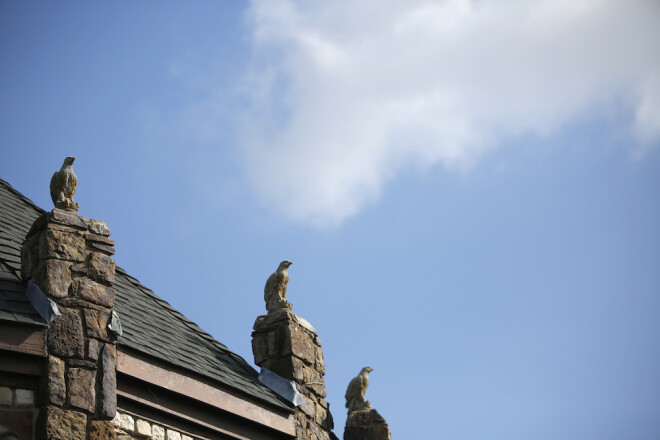Bishops: Being An Ancient Church

A young priest was describing why his suburban Church was growing: ‘they like the sermon, the band, and the children’s ministry.’ The moment they don’t like two out of three they are probably headed down the street.’ In other words, fewer now seek us out as the Episcopal Church in town. We want our description of our own central features in a way that would make sense to those new members, without losing what is counter-cultural in each of the five marks.
The Episcopal Church has its roots in English Christianity, and in particular in the See of Canterbury going back to the end of the 6thcentury. He was an emissary of Pope Gregory, and hence represented the one Church in the West going back to apostolic times. In other words, this gives substance to the words we say every Sunday in the Nicene Creed: we believe in the ‘one, holy, catholic, and apostolic Church.’ It has since suffered many divisions, but in origin ours goes directly back to the beginning. (This itself has an evangelistic plus, since many younger seekers look for something with roots, something ancient). The sacramental symbol of this ancient, catholic , apostolic side of the Church is the bishop.
Of course our culture is enamored of change, of the new, of amnesia. This makes the symbol of the bishop opaque - is he or she a religious non-profit CEO? A guest preacher? Someone romanticized and quaint? And do the bishops really serve to guard doctrine and recall us to our apostolic roots? Like all Church symbols, the individuals often do not live up to the inherited meaning. But this does not undo their enduring importance.
Read the ordinal for a bishop and discuss


